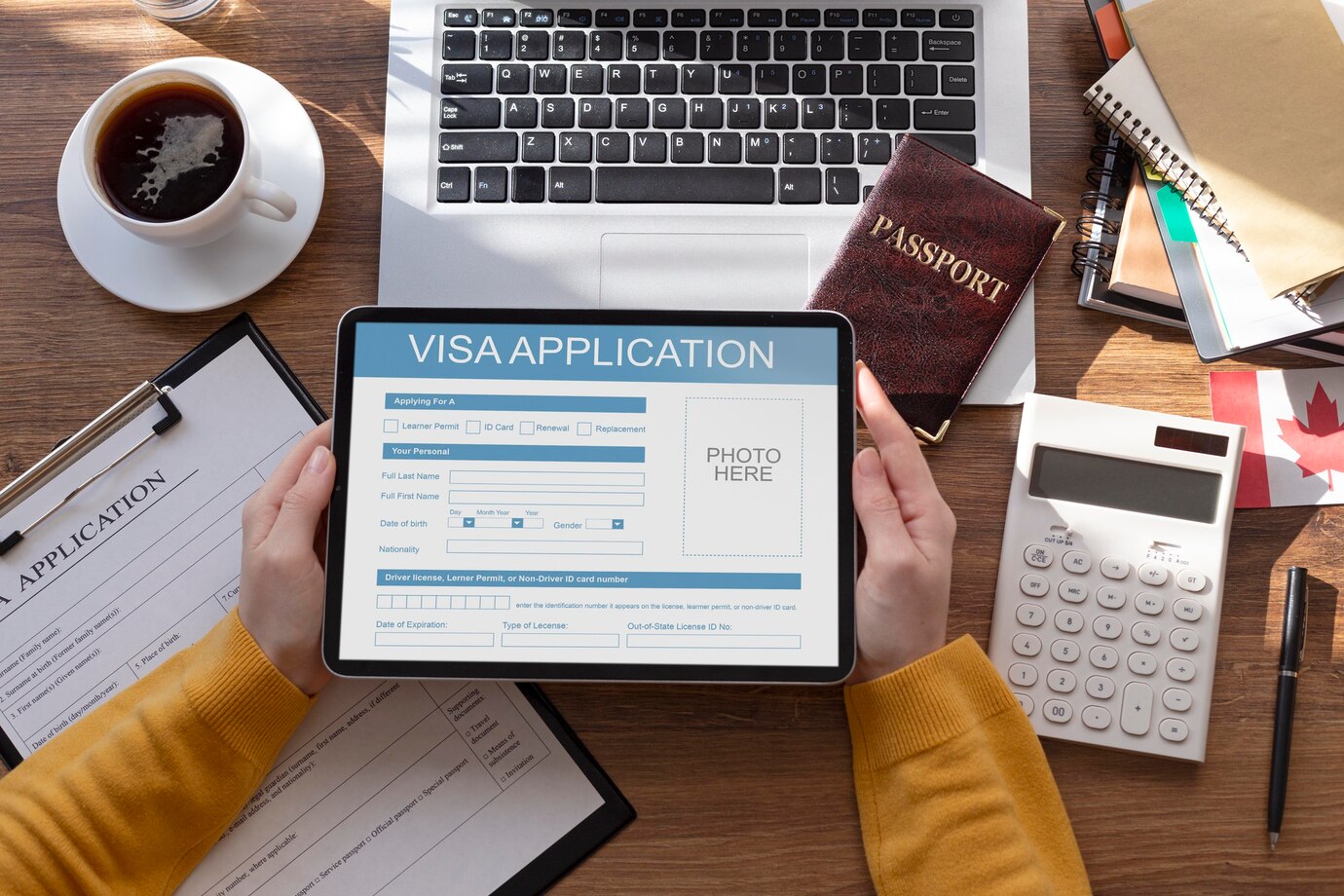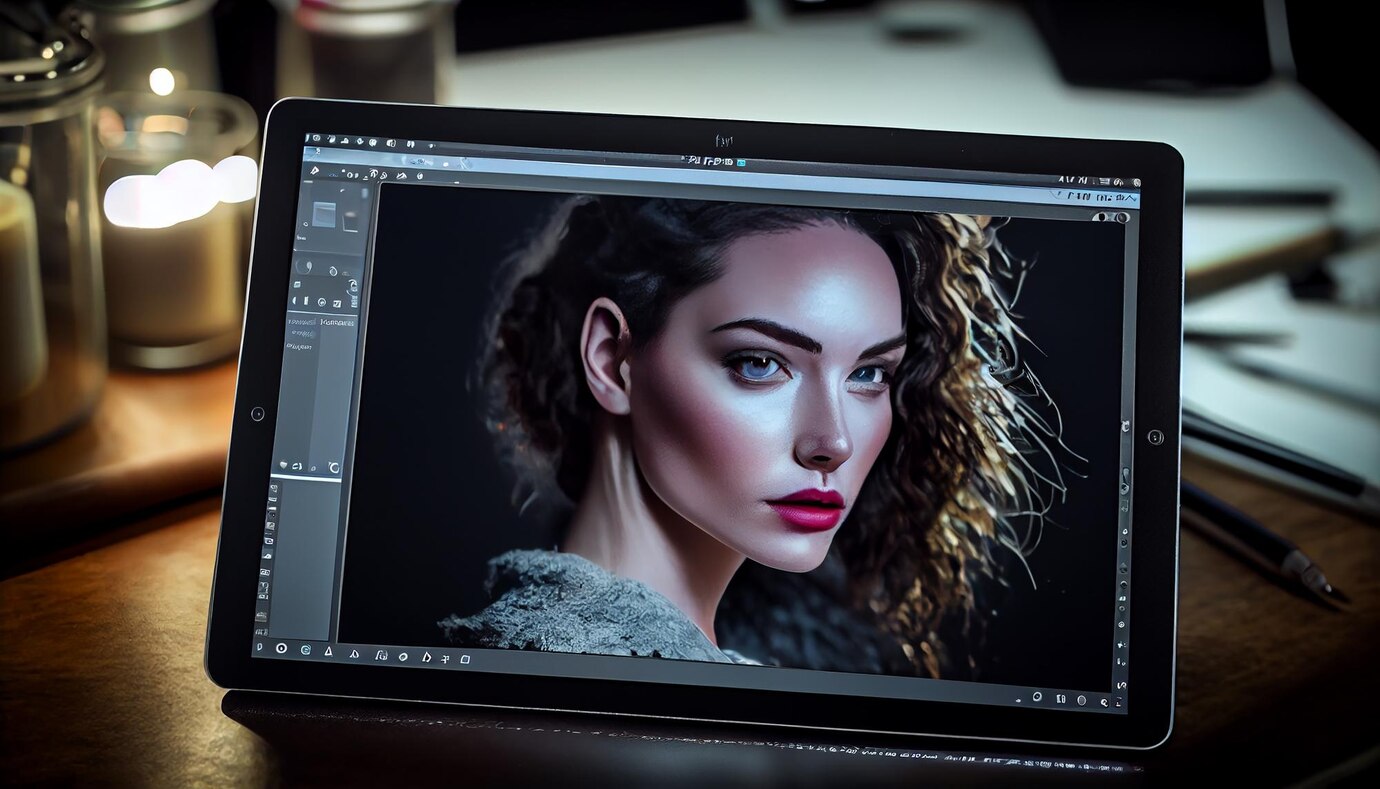Forget the duck face selfies, the spontaneous vacation snaps, and the dog-eared yearbook portraits. Your passport photo is not the place for artistic expression. This little square, nestled amongst official stamps and cryptic visa codes, is your official face to the world – a silent ambassador that can grant you access to faraway lands or slam the door shut. Don’t let a blurry selfie or a quirky filter become your travel nemesis! Navigating the labyrinthine world of passport photo requirements can be daunting, with regulations varying from country to country. Fear not, globetrotters! This guide will be your compass, demystifying the global standards and equipping you with the tools to capture the perfect passport photo – one that meets every official’s scrutiny and grants you smooth sailing through immigration checkpoints.
Understanding the Global Standards of Passport Photography
Passport photos serve as a universal means of identification, playing a vital role in ensuring the security and accuracy of international travel. The guidelines for these photos are established on a global scale to create a standardized approach that various countries can adhere to. The International Civil Aviation Organization (ICAO) has been instrumental in formulating these standards, providing a framework that encompasses facial features, head positioning, and other essential aspects.
The ICAO guidelines emphasize the need for a neutral facial expression and a closed mouth. This neutrality contributes to a consistent and unambiguous representation of the individual, facilitating efficient identification processes at border control points. The positioning of the head is crucial, with the recommendation being a direct, forward-facing angle to the camera. This ensures that facial features are clearly visible and enables facial recognition technology to function effectively.
Furthermore, the ICAO standards stipulate that both ears should be visible in the passport photo, and the individual’s hair should not obstruct the face. These specifications are aimed at providing a comprehensive and unobstructed view of the facial features, reducing the likelihood of misidentification.
In addition, the guidelines discourage the use of accessories such as hats or sunglasses unless they are required for religious reasons. This further contributes to the uniformity of passport photos and helps maintain a standardized appearance that is recognizable across borders.
By understanding and adhering to these global standards, individuals can contribute to the efficiency of international travel processes. These standards not only enhance the accuracy of identification but also streamline the verification procedures conducted by immigration authorities. Whether for security reasons or the seamless facilitation of travel, a universal approach to passport photography standards is crucial in today’s interconnected world.
Choosing the Right Photographer or Do-It-Yourself Approach
When it comes to obtaining a passport photo that meets international standards, individuals have the option to either visit a professional photographer or take a do-it-yourself approach. Each method has its merits, and the choice often depends on personal preferences, convenience, and budget considerations.
Professional Photographer:
Opting for a professional photographer can be advantageous, especially for those who may not be familiar with photography equipment, lighting techniques, or specific passport photo requirements. Here are some key considerations when choosing a professional:
- Expertise: Ensure that the photographer is experienced in taking passport photos and is familiar with international standards.
- Equipment: Professional photographers typically have high-quality cameras and lighting equipment, ensuring a crisp and well-lit image.
- Guidance: A skilled photographer can provide guidance on posing, expression, and other aspects to meet passport photo criteria.
Do-It-Yourself Approach:
Taking your own passport photo has become increasingly popular, thanks to the convenience of digital cameras and smartphones. Here are considerations for a DIY approach:
- Guidelines: Familiarize yourself with international passport photo guidelines to ensure your DIY attempt aligns with the required standards.
- Camera Quality: Use a camera or smartphone with a high-resolution camera to capture a clear and detailed image.
- Setting: Choose a well-lit area with a plain background to avoid shadows or distractions.
| Criteria | Professional Photographer | Do-It-Yourself Approach |
| Expertise | Skilled photographers understand and follow international standards. | Requires familiarity with passport photo guidelines. |
| Equipment | High-quality cameras and lighting equipment contribute to a professional result. | Relies on personal cameras or smartphones; quality varies. |
| Guidance | Professional guidance on posing and expression may be provided. | Requires self-awareness of guidelines; online resources available. |
| Convenience | May involve scheduling appointments and travel to a studio. | Offers flexibility to take photos at home or any convenient location. |
| Cost | Involves a fee for the services of a professional photographer. | Generally more cost-effective, as it eliminates the need for a professional service. |
Mastering Composition and Posing
The composition and posing of a passport photo play a significant role in ensuring that it meets international standards. Adhering to specific guidelines ensures consistency and accuracy, making the identification process smoother at border control points. Here are key considerations for mastering composition and posing in passport photography:
- Neutral Facial Expression: Maintaining a neutral facial expression is a fundamental requirement. Avoid smiling, frowning, or showing any exaggerated expressions. A neutral face contributes to a clear and consistent representation of the individual.
- Head Positioning: The correct positioning of the head is crucial for passport photos. Ensure that your head is directly facing the camera with your face centered in the frame. The goal is to have a full-face view that facilitates facial recognition and minimizes the chances of misidentification.
- Eyes Open and Visible: Keep your eyes open and visible in the photo. The eyes should be clear and not obscured by hair, accessories, or shadows. This ensures that the key facial features, including the eyes, are easily discernible.
- Ears Visible: Both ears should be visible in the passport photo. Avoid hairstyles that cover the ears, as visibility of this facial feature is essential for identification purposes.
- Avoiding Accessories: Passport photos should be free of accessories that may obscure facial features. Avoid wearing hats, sunglasses, or any other items that can cast shadows on the face or interfere with facial recognition technology.
- Hair Off the Face: Ensure that your hair does not cover your face. Pull your hair back or style it in a way that keeps your forehead and sides of your face visible. This contributes to a clean and unobstructed view of your facial features.
- Maintaining a Plain Expression: Passport photos are not the place for artistic or creative expressions. Maintain a plain and straightforward facial expression. A relaxed and natural look is ideal, ensuring that your photo aligns with the professional and standardized appearance required for travel documents.
- No Props or Unnecessary Items: Avoid including props or unnecessary items in the photo. The focus should be solely on your face. Any distractions or additional elements can lead to the rejection of the photo.
Getting the Right Lighting and Background
The lighting and background of a passport photo are critical elements that significantly influence the quality and compliance of the final image with international standards. Attention to these aspects ensures that the photo is clear, free of distractions, and suitable for use in official travel documents.
- Soft, Even Lighting: Optimal lighting is essential for a successful passport photo. Aim for soft, even lighting that minimizes harsh shadows on the face. Avoid direct sunlight, as it can create strong shadows and highlights. Natural light on an overcast day or diffused indoor lighting often produces the best results.
- Plain, Light-Colored Background: The background of the passport photo should be plain and light-colored. Most international standards recommend a white or off-white background. This choice ensures a high level of contrast between the subject and the background, aiding facial recognition technology and reducing the risk of photo rejection.
- Avoiding Shadows and Patterns: Ensure there are no shadows on the background, especially those cast by the subject. A uniform background without patterns or textures is preferable, as it eliminates potential distractions. Shadows or patterns can interfere with facial recognition and may lead to the rejection of the photo.
- Consistent Background Color: Maintain consistency in the background color throughout the entire frame. Any variations or inconsistencies can draw attention away from the subject’s face and may not comply with international passport photo standards. Use a background that is evenly lit and maintains a consistent color tone.
- Background Distractions: Eliminate any potential distractions in the background. The focus should be solely on the subject’s face. Remove objects, artwork, or other elements that may divert attention from the individual’s features.
- Avoiding Flash Photography: Flash photography can create harsh shadows and reflections, especially on the face. It is generally advisable to avoid using a camera flash when taking passport photos. Instead, rely on natural or diffused artificial lighting for a softer and more even illumination.
- Size of the Head in the Frame: Ensure that the size of the head in the frame complies with international standards. The subject’s face should be the focal point of the photo, and there should be enough space around the head to meet the specific requirements outlined by the country issuing the passport.
- Framing and Positioning: Pay attention to how the subject is framed within the photo. The head should be centered, and the framing should allow for the full visibility of facial features. Follow the guidelines provided by the country’s passport photo requirements for accurate framing.




